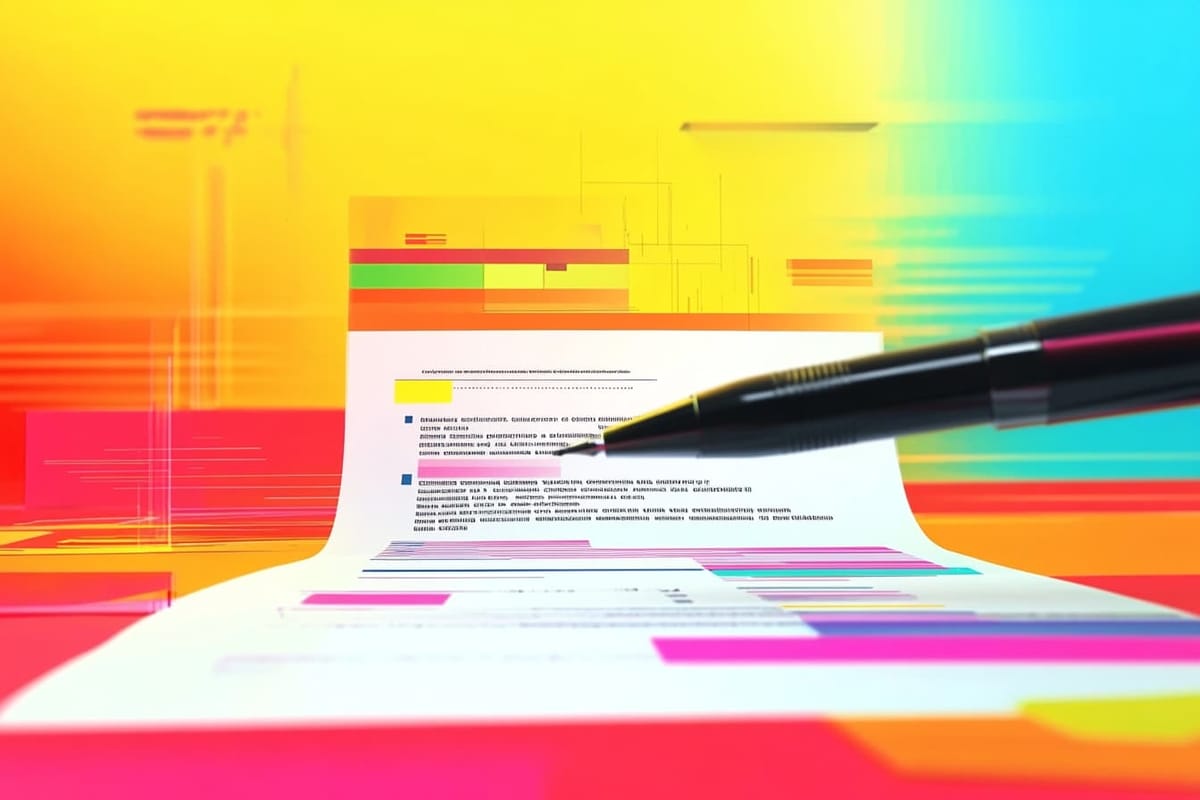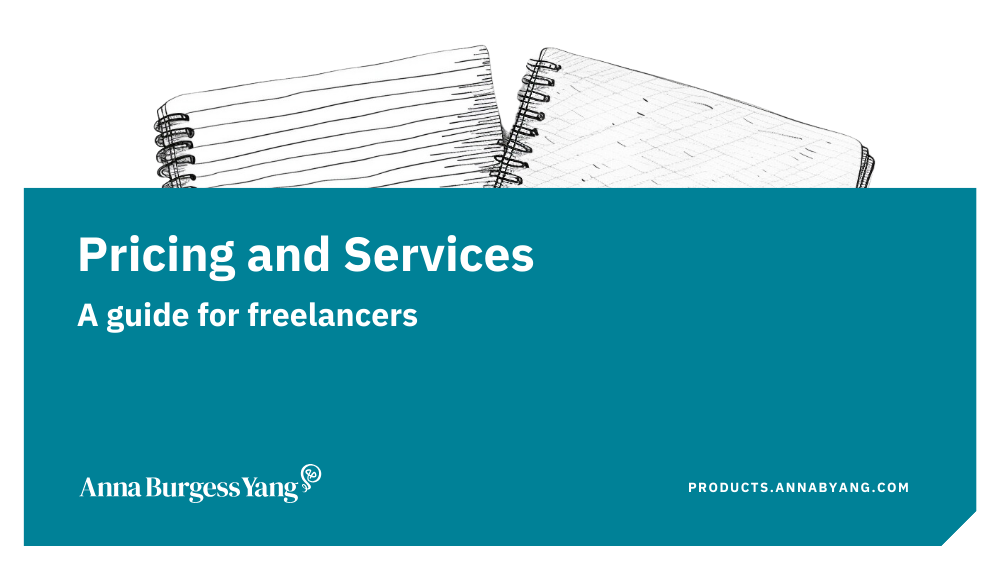Top Questions Clients Ask Before Hiring Me as a Freelance Writer
Prepare your responses to common client questions.

Much as I’d love for clients to simply review my portfolio and decide to hire me, sometimes they want a meeting. Probably to make sure I’m a real human (and a pleasant one at that!).
The vibe is a lot different from the days when I interviewed for jobs to be an employee at a company. I’m certainly in more control of the situation, yet clients are still evaluating me to see if I’m a good fit for their needs.
I’m not a fan of a hard sell, but I know that how I answer a prospective client’s questions will play a huge role in whether or not I’m hired. The more prepped you are — and the more you understand the reasoning behind the questions — the better you can position your freelance writing services.
What to expect during an interview with a potential client
When a potential client asks to meet with you, they're trying to figure out if you're someone they can trust with their project. They've probably already reviewed your portfolio and liked what they saw. Now they want to get a sense of how you operate: your professionalism, your communication style, and whether you'll be easy to work with.
According to a report from Fiverr, 89% of freelancers report that clients want to work with independent professionals who have specialized skills and expertise. This is your opportunity to demonstrate that you take your work seriously.
Most potential clients aren't trying to catch you off guard. They have a mental checklist of concerns: turnaround time, how you handle feedback, and what happens if the project scope changes. If you're prepared to address these concerns clearly and confidently, you're already ahead of most freelancers they'll talk to.
6 questions every freelancer should prep for
The longer you freelance, the more you'll hear the same questions from potential clients.
If you're new to freelancing, here are a few common questions you should be prepared to answer.
1. What is your writing process like?
This question is very broad, but prospective clients want to know how you operate. A peek behind the curtain, so to speak. Even if your answer is, “I wake up and write things,” that’s not what clients want to hear.
In an employer-employee relationship, the employer has a lot more insight into and control over the employee’s work. Because you’re operating independently as a freelancer, the client is trying to get some assurances that you have a process. That you’re not just winging it.
If you don’t have a standard process, come up with something that will sound good to a client. Talk about steps you follow most of the time, even if it isn’t every time. Or, if your process varies depending on the project, pick a specific project and give it as an example.
I tell clients that I’ll review the topic and start outlining ideas based on my existing knowledge. Then I’ll supplement with additional research or an interview with a subject-matter expert — but I’ll emphasize that this isn’t always necessary. Because I’m a niche expert on certain topics, I don’t always need to collect outside info.
I’ve also had several clients specifically ask how I use generative AI when I write. Clients will probably have opinions about using AI when writing, and you should absolutely be honest. I tell them that I don’t use generative AI. At most, I might use AI to jump-start ideas as a bullet-point list, but all of the output is 100% mine.
2. Do you need a brief?
Questions about writing briefs can feel like a double-edged sword. On the one hand, a detailed brief is more work for the client. On the other hand, if you don’t get a brief, you risk missing the mark.
I usually reply that I’ll work with whatever I’m given. Some clients give me extensive briefs. Other clients give me no more than a topic, and I determine the direction of the article.
But when I’m asked this question, I immediately turn it around. I ask the client, “What type of brief do you provide to writers?” This will give me a sense of what they want. Unless there are some red flags, I’ll let them know that I can work with their format. I’ll also give examples of other work I’ve done based on similar styles of briefs (or lack thereof).
3. How do you structure agreements?
Clients want to know if you expect long-term arrangements or a certain amount of billable work for them. They also want to know what you’re including with each deliverable: the total value of your work.
I let prospective clients know that most of my work is project-based and "upon request" (ad hoc). I don’t require a monthly minimum, and clients can give me assignments whenever they have something for me to write. I tell them that I’ll do one live interview per deliverable.
Sometimes this question goes deeper, and prospective clients want to know your turnaround time. Much as you might be tempted to show that you can finish work quickly, don’t overpromise. Don’t say you can turn around work in a day if that’s not your typical working style.
Because most of my work is ad hoc, my turnaround time is 7–10 days for new assignments. I let prospective clients know this. However, I do not include an expected turnaround time in the agreements themselves because I don’t want to be bound to that timeframe.

4. How do you stay organized?
I got this question recently and thought, “Why does it matter as long as I deliver the work?” But again , clients are trying to gain confidence in your capabilities. If a freelancer is really disorganized, it might signal an inability to deliver on time or as expected.
Because I work with a lot of clients, I assure prospects that I have to be highly organized. I keep information about each client in Airtable, including a link to a style guide (if the client has one). I double-check the style guide before sending off a draft. I use Trello for project management and will even create a client-facing view, if the client wants that.
5. How do you handle revisions?
Revisions can mean a lot of different things to clients. They may want to know how you handle feedback, how quickly you can address revisions, how many rounds of revisions you’re willing to do — or all of the above.
I’ve flat-out told clients that it’s their content and I’ll incorporate any revisions they request. I’ve certainly incorporated revisions that I don’t necessarily agree with, but at the end of the day, they’re paying for the work.
I’ll address the timeframe for revisions (usually two business days) and I’ll do one round of revisions per deliverable. It’s really important that clients understand this because it sets an expectation about my work. Unlimited revisions can get really messy, and you’ll end up spending too much time trying to make the client happy.
I’ve also described my process for handling revisions in Google Docs: making a copy of the original, ensuring that I address all comments, highlighting any changes in a different color, and copying the new version over while preserving the original for comparison. I want them to know that it will be easy to understand the revisions I made and how my revisions addressed their requests.
6. What is your rate?
This question always comes last, and I wish it came first. The client has a budget, and you have a rate. And if you and the client are not aligned, there is no reason to have the rest of the conversation.
You should be prepared to share your rate during the meeting. Don’t say, “Oh, I’ll follow up and send you a rate sheet” because the question makes you uncomfortable. It’s not going to change the outcome. If you have to think about it based on the scope of the project, at least give a ballpark or range.
You can also send rate information in advance. I do this sometimes, if I’m not sure that the client will be a good fit. I’m saving both of us time if my rate won’t work with the client’s budget.
In my experience, my rate is either a “go” or “no-go” (which is why the question should come first). If it’s a “go,” then the rest of the questions give prospective clients a sense of what I’m like to work with.
Common mistakes freelancers make during client meetings
- Not having a rate ready to share
- Overpromising on turnaround time
- Offering unlimited revisions
Don't forget to look for client red flags
Most of the time, clients are looking for red flags. My portfolio showcases my work, and my rate is fixed. As long as I can assure them that I’m a professional who takes my work and business seriously, I’m golden.
But remember that meetings with potential clients are a two-way street. You’re interviewing them as much as they’re interviewing you. If you’re getting a vibe that the client might be difficult to work with, trust your gut.
Freelance pricing is hard to figure out,
so I’ve created a free resource for fellow writers.
FAQs
How long does a client interview take?
Most interviews with potential clients last between 15 and 30 minutes. That's enough time for the client to ask questions and get a sense of how you work without it turning into an unpaid strategy session.
Should freelance writers share rates before a client meeting?
I'm a fan of sharing rates upfront. It saves everyone time if budgets don't align. You can include your rate range in an email before the call or on your website so clients know what to expect.
What red flags should clients watch for when hiring a writer?
Watch out for writers who can't clearly explain their process or promise unrealistically fast turnarounds. A lack of a portfolio or reluctance to share relevant samples are also warning signs.
Do freelance writers require retainers?
It depends on the writer's business model. Some do, but many (myself included) work on an ad hoc basis and don't requiring a monthly minimum. Just ask during your initial conversation to see what arrangement works best.







